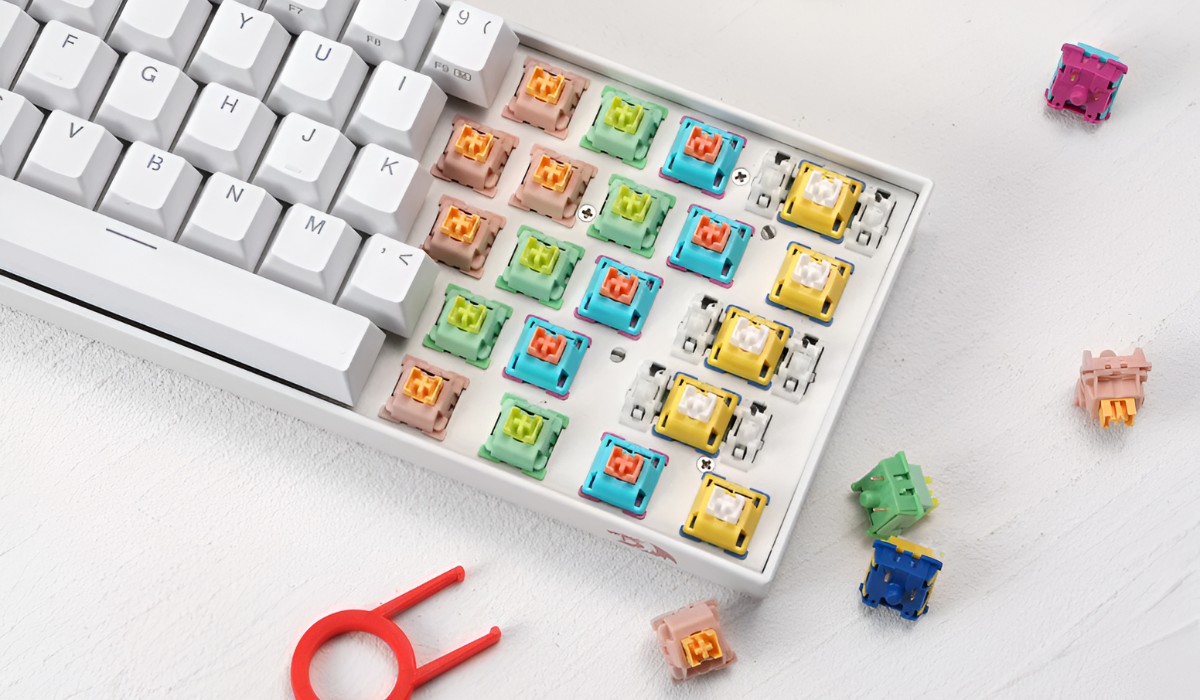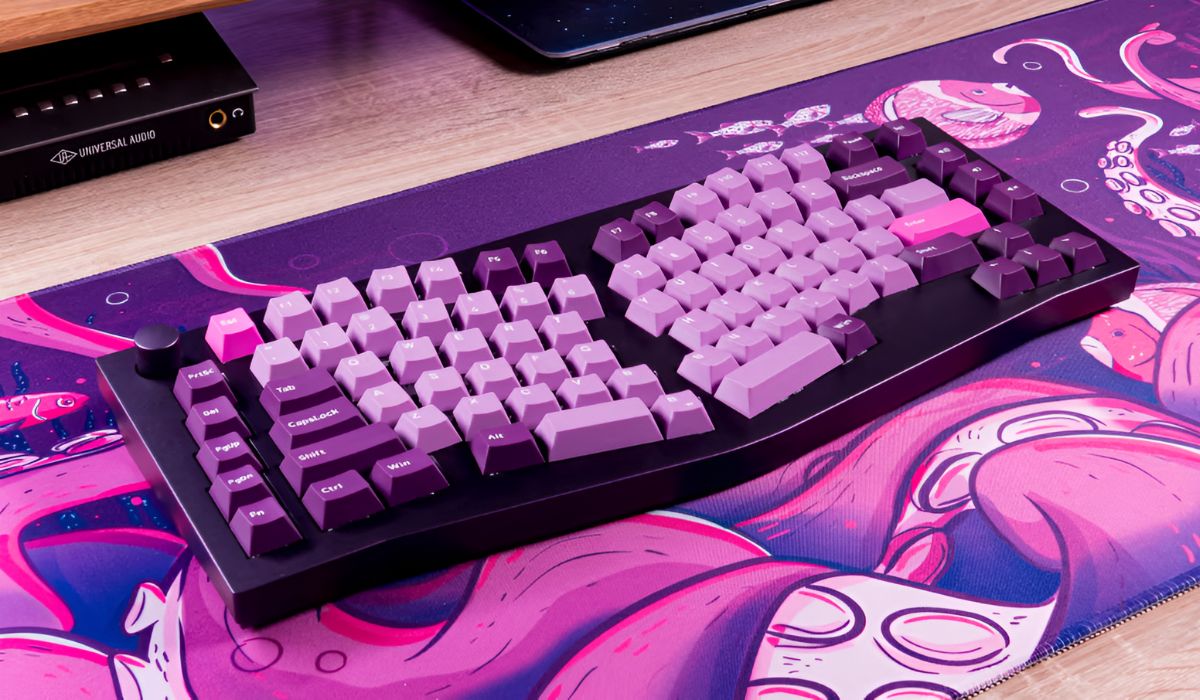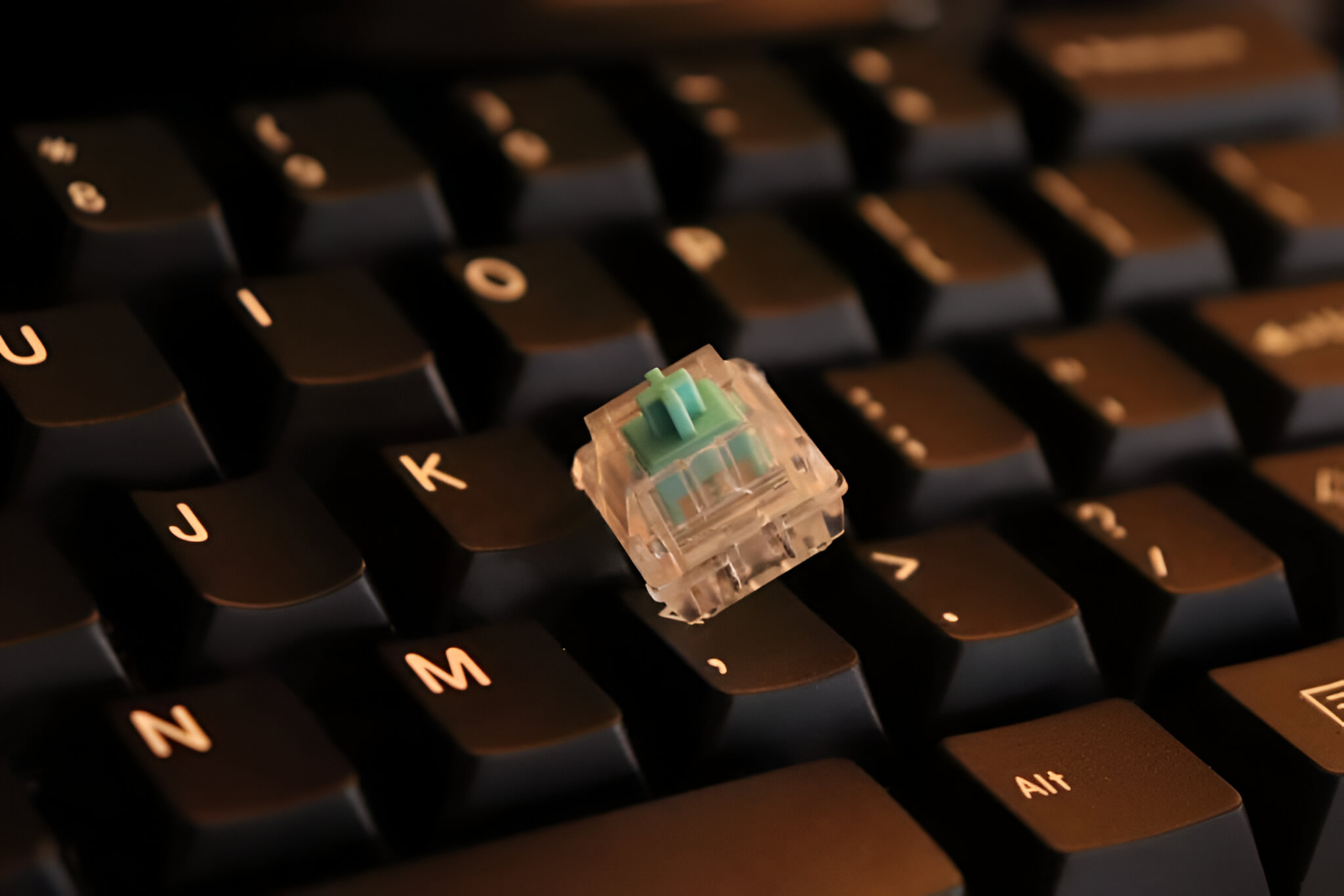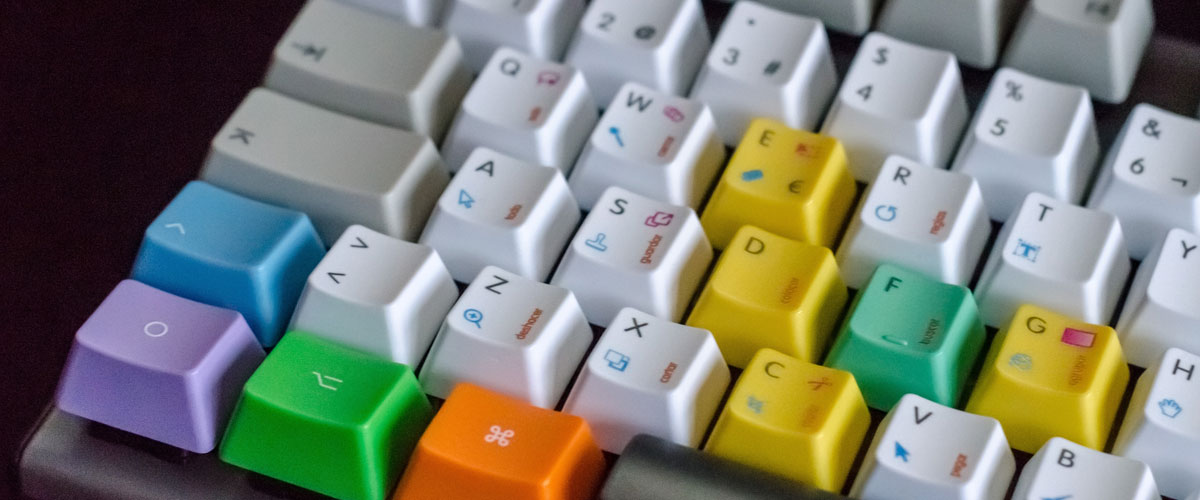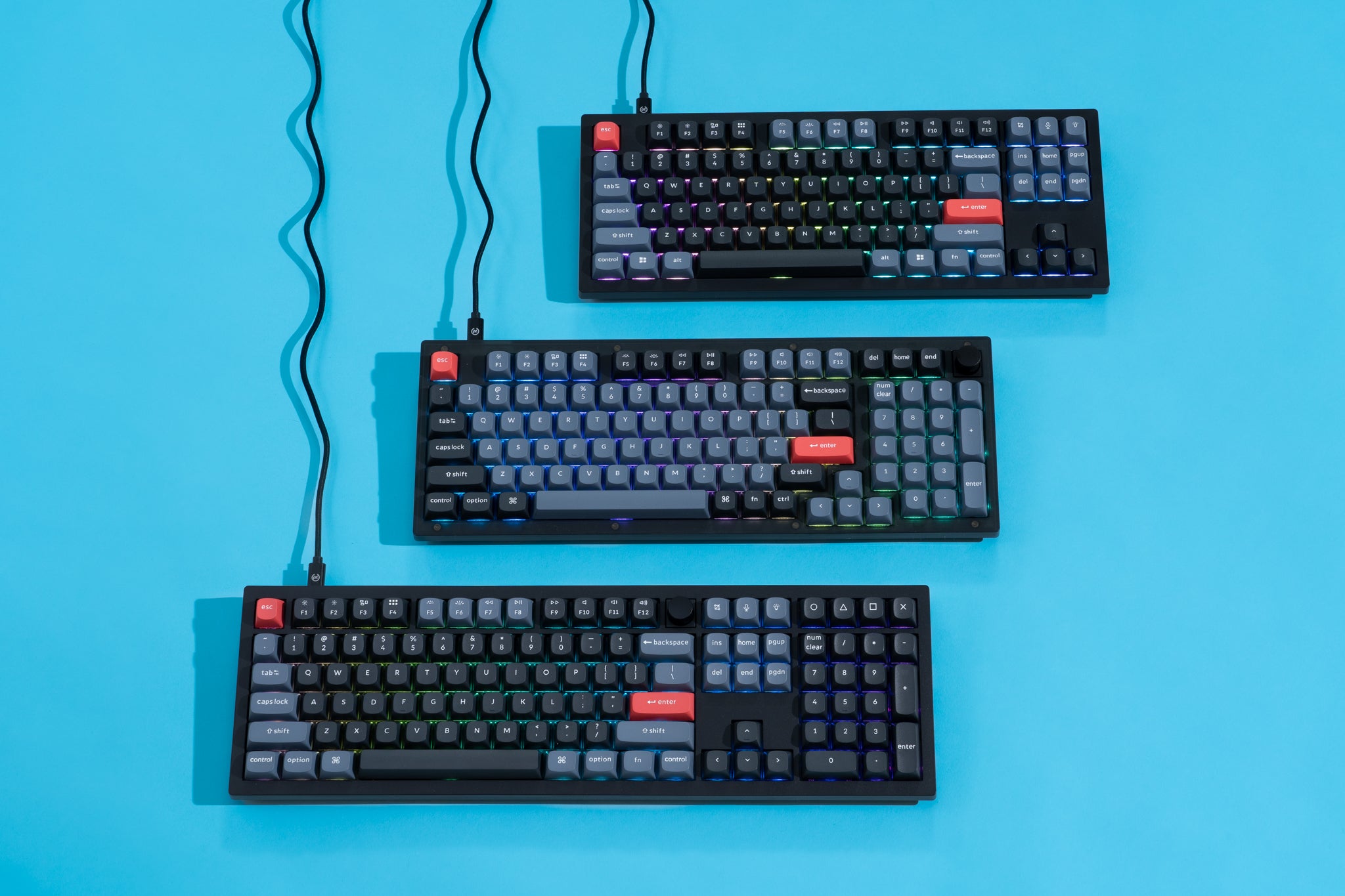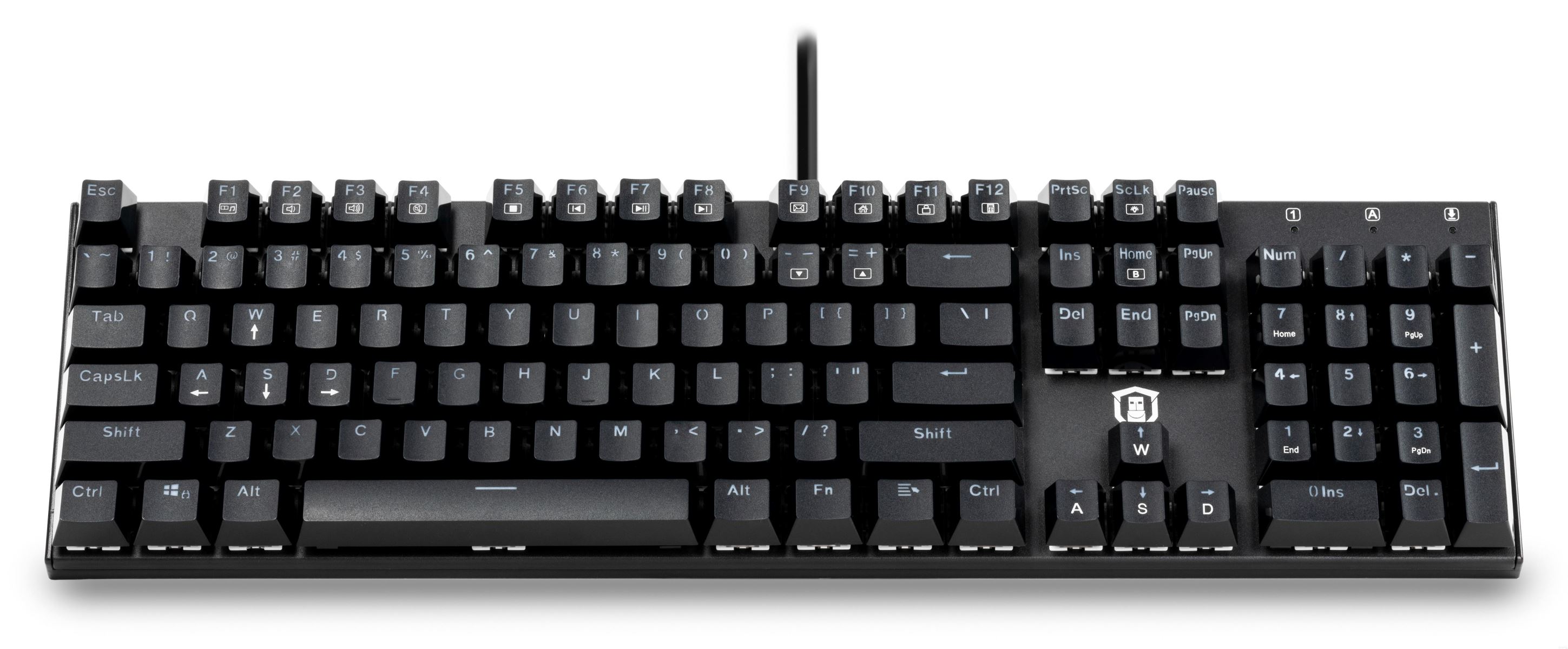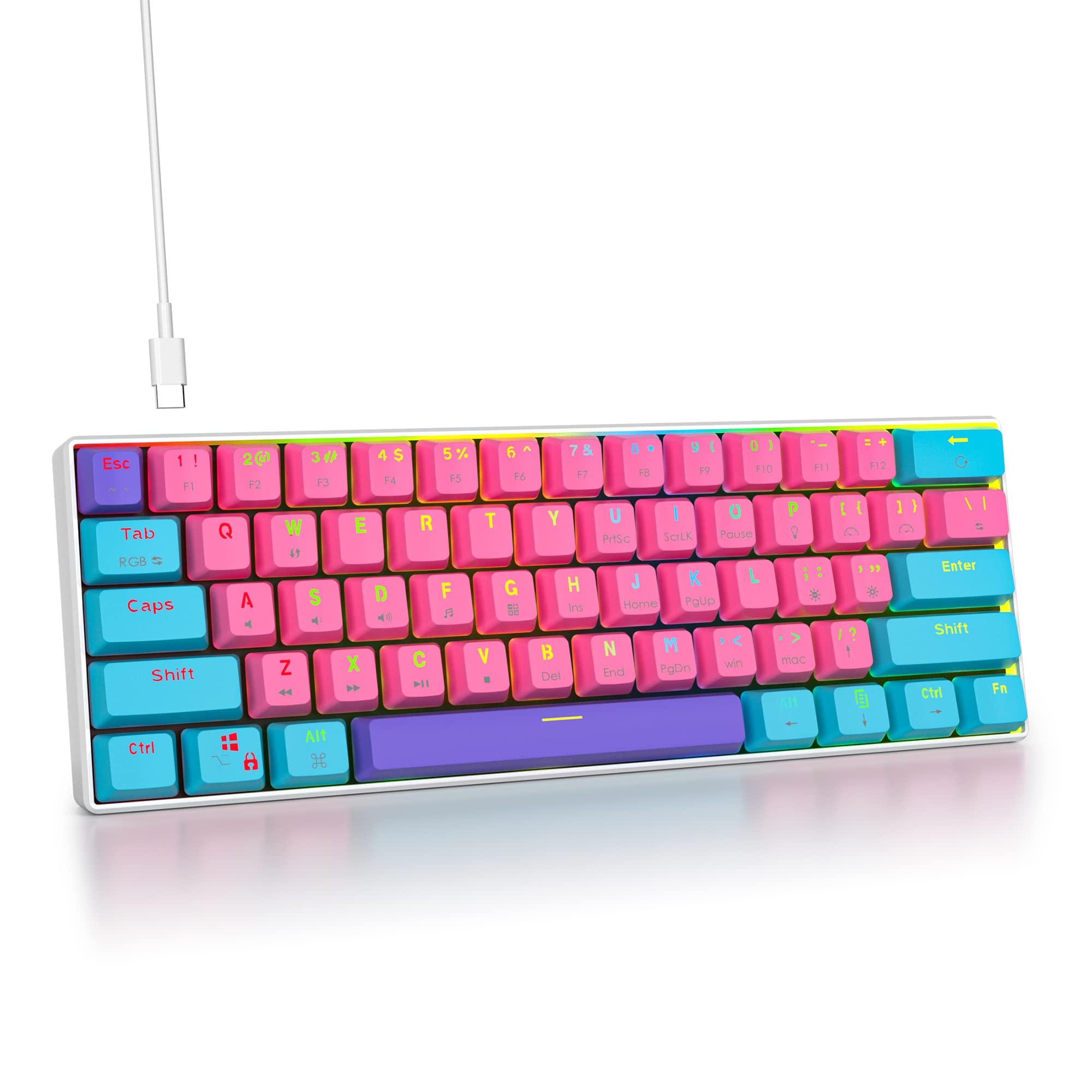Introduction
Welcome to the world of mechanical keyboards, where every keystroke is a tactile symphony. These beloved peripherals have gained a cult following among enthusiasts and professionals alike due to their exceptional durability, satisfying key feel, and customizable typing experience. At the heart of every mechanical keyboard are the switches, which play a pivotal role in determining the overall typing experience. In this article, we will delve into the fascinating world of mechanical keyboard switches, exploring their functionality, variety, and the factors to consider when choosing the perfect switch for your typing needs.
Mechanical keyboards have experienced a renaissance in recent years, captivating users with their distinct tactile feedback, audible click, and robust build quality. Unlike their membrane counterparts, which utilize a single rubber membrane to register key presses, mechanical keyboards feature individual switches for each key. This design not only enhances the typing experience but also offers a level of customization that is unparalleled in the world of keyboards.
Whether you are an avid typist, a passionate gamer, or a discerning professional seeking the perfect typing tool, understanding mechanical keyboard switches is essential for making an informed decision. With an array of switch types, each offering unique characteristics, it's crucial to grasp the nuances of these switches to find the one that best suits your preferences and typing style.
In the following sections, we will explore the intricacies of mechanical keyboard switches, including the various types available, popular switch brands, and the key factors to consider when selecting the ideal switches for your keyboard. So, let's embark on this enlightening journey into the world of mechanical keyboard switches and unravel the secrets behind these tiny yet influential components.
Understanding Mechanical Keyboards
Mechanical keyboards are revered for their robust construction, tactile feedback, and customizable typing experience. Unlike their membrane counterparts, which use a single rubber membrane to register key presses, mechanical keyboards employ individual switches for each key. These switches are the cornerstone of the keyboard’s functionality, determining the feel, sound, and actuation force of each keystroke.
One of the defining characteristics of mechanical keyboards is their key switches, which come in various types, each offering distinct tactile feedback and actuation mechanisms. The actuation point refers to the distance the key must travel to register a keystroke, and it plays a crucial role in the typing experience. Moreover, the actuation force, or the amount of pressure required to register a keystroke, varies across different switch types, catering to the preferences of diverse users.
Furthermore, the audible feedback produced by mechanical keyboards, often described as a satisfying “click” or “clack,” adds to the overall typing experience. This auditory element, combined with the tactile feedback, creates a sense of assurance with each keystroke, enhancing the user’s confidence and typing accuracy.
Another notable aspect of mechanical keyboards is their durability. The individual switches are designed to withstand a significantly higher number of keystrokes compared to membrane keyboards, making them a reliable choice for heavy typists and gamers. Additionally, the ability to customize the key switches to suit specific preferences, such as actuation force and tactile feedback, sets mechanical keyboards apart as highly versatile and adaptable peripherals.
Understanding the intricacies of mechanical keyboards, particularly the role of switches in shaping the typing experience, is essential for enthusiasts and newcomers alike. As we delve deeper into the realm of mechanical keyboard switches, we will unravel the diverse types of switches available, explore popular switch brands, and discuss the key factors to consider when selecting the ideal switches for your mechanical keyboard.
Types of Switches
Mechanical keyboard switches come in a variety of types, each offering unique characteristics that cater to different preferences and typing styles. Understanding the distinctions between these switch types is crucial for selecting the ideal keyboard that aligns with your specific needs. Let’s explore some of the most prevalent switch types:
- Linear Switches: These switches provide a smooth and consistent keystroke without tactile feedback or an audible click. They are favored by gamers and typists who prefer a quieter typing experience and a linear actuation force throughout the keystroke.
- Tactile Switches: Tactile switches offer a noticeable bump or resistance at the actuation point, providing tactile feedback to the user. This feedback can enhance typing accuracy and is preferred by individuals who enjoy a discernible keystroke feel.
- Clicky Switches: Clicky switches, as the name suggests, produce an audible click sound along with tactile feedback when the key is actuated. The audible click adds an extra layer of satisfaction to the typing experience and is often favored by those who appreciate auditory feedback.
Each switch type has its own actuation force, actuation point, and audible characteristics, allowing users to select a switch that best aligns with their typing preferences and requirements. Furthermore, within each switch type, there are variations offered by different manufacturers, adding another layer of customization and personalization to the typing experience.
As we delve into the world of mechanical keyboard switches, it becomes evident that the diversity of switch types caters to a wide spectrum of users, ensuring that there is a perfect switch for every typing style and preference. In the subsequent sections, we will explore popular switch brands, delve into the factors to consider when choosing switches, and unravel the intricacies of these essential components that define the mechanical keyboard experience.
Popular Switch Brands
Several renowned brands have made significant contributions to the world of mechanical keyboard switches, offering a diverse range of options to cater to the preferences of keyboard enthusiasts and professionals. These brands have established themselves as leaders in the industry, consistently delivering high-quality switches that embody innovation and precision. Here are some of the popular switch brands:
- Cherry MX: Cherry MX switches are widely regarded as the gold standard in mechanical keyboard switches. Renowned for their durability and consistency, Cherry MX switches come in various types, including the tactile MX Brown, clicky MX Blue, and linear MX Red, among others. The brand’s switches have set a benchmark for reliability and performance in the mechanical keyboard market.
- Razer: Razer’s proprietary switches, such as the Razer Green and Razer Orange, have garnered acclaim for their responsiveness and customizable actuation points. The Razer Green switches offer a tactile and clicky experience, while the Razer Orange switches provide a tactile but quieter alternative, catering to different user preferences.
- Logitech: Logitech’s Romer-G switches are designed to offer a balance of speed, precision, and quiet operation. With a focus on enhancing gaming and typing experiences, Logitech’s switches have gained popularity for their tactile feedback and reliability.
These brands, among others, have played a pivotal role in shaping the landscape of mechanical keyboard switches, offering users a wide array of options to tailor their typing experiences to perfection. The competition and innovation within the industry have led to continuous advancements in switch technology, resulting in an impressive selection of switches that cater to diverse user preferences and requirements.
As we navigate the world of mechanical keyboard switches, understanding the offerings of these popular switch brands provides valuable insight into the diverse options available to users. In the subsequent section, we will explore the key factors to consider when choosing switches, empowering users to make informed decisions based on their unique typing needs and preferences.
Factors to Consider When Choosing Switches
When selecting the ideal switches for your mechanical keyboard, several crucial factors come into play, each influencing the overall typing experience and user satisfaction. Understanding these factors is essential for making an informed decision and finding the perfect switches that align with your preferences and requirements. Here are the key considerations to keep in mind when choosing switches:
- Typing Preference: Assess your typing style and preferences to determine the type of feedback and actuation force that best suits your needs. Whether you prefer a smooth and linear keystroke, a noticeable tactile bump, or an audible click, understanding your typing preferences is fundamental in selecting the right switch type.
- Intended Use: Consider the primary use of your keyboard, whether it’s for gaming, typing, programming, or a combination of activities. Different switch types cater to specific use cases, with some prioritizing gaming performance and others focusing on typing comfort and accuracy.
- Noise Level: Evaluate the noise output of the switches, especially if you work in shared spaces or require a quieter typing experience. Clicky switches produce audible feedback, which may be disruptive in certain environments, while tactile and linear switches offer quieter alternatives.
- Actuation Force: Determine the amount of force you are comfortable exerting when typing. Some users prefer a lighter actuation force for swift keystrokes, while others favor a slightly heavier actuation force for enhanced feedback and reduced accidental key presses.
- Durability: Assess the durability and expected lifespan of the switches, especially if you are a heavy typist or avid gamer. High-quality switches are designed to withstand a substantial number of keystrokes, ensuring long-term reliability and performance.
By carefully considering these factors and understanding their impact on the typing experience, users can make informed decisions when selecting switches for their mechanical keyboards. The diverse options available, coupled with the customization offered by different switch types, enable users to tailor their keyboards to suit their specific needs and preferences.
As we navigate the intricate world of mechanical keyboard switches, it becomes evident that the interplay of these factors plays a crucial role in defining the overall typing experience. Armed with this knowledge, users can confidently explore the myriad of switch options and make well-informed choices that enhance their typing comfort, performance, and satisfaction.
Conclusion
The world of mechanical keyboard switches is a captivating realm defined by diversity, innovation, and personalized typing experiences. Understanding the intricacies of switches, including their types, popular brands, and the key factors to consider when choosing them, is essential for enthusiasts and users seeking an exceptional typing tool tailored to their preferences.
From the smooth actuation of linear switches to the tactile feedback of tactile switches and the audible satisfaction of clicky switches, the array of options empowers users to fine-tune their typing experiences to perfection. Renowned switch brands such as Cherry MX, Razer, and Logitech have elevated the standards of switch technology, offering users a rich selection of switches that embody reliability, precision, and innovation.
When selecting switches for a mechanical keyboard, factors such as typing preference, intended use, noise level, actuation force, and durability play a pivotal role in shaping the overall typing experience. By carefully evaluating these considerations, users can make informed decisions and customize their keyboards to suit their unique needs, whether for gaming, programming, or professional typing tasks.
As users embark on their journey to explore the world of mechanical keyboard switches, they are empowered to make educated choices, ensuring that their keyboards not only meet their functional requirements but also enhance their typing comfort, performance, and satisfaction. The tactile symphony of mechanical switches awaits, inviting users to uncover the perfect keystroke that resonates with their individual preferences.
In essence, the world of mechanical keyboard switches is a testament to the marriage of technology and personalization, where each keystroke becomes a tailored expression of the user’s unique typing style and preferences. As users immerse themselves in this world, they discover a harmonious blend of innovation, precision, and customization, ultimately experiencing the joy of typing with a keyboard that feels uniquely their own.







